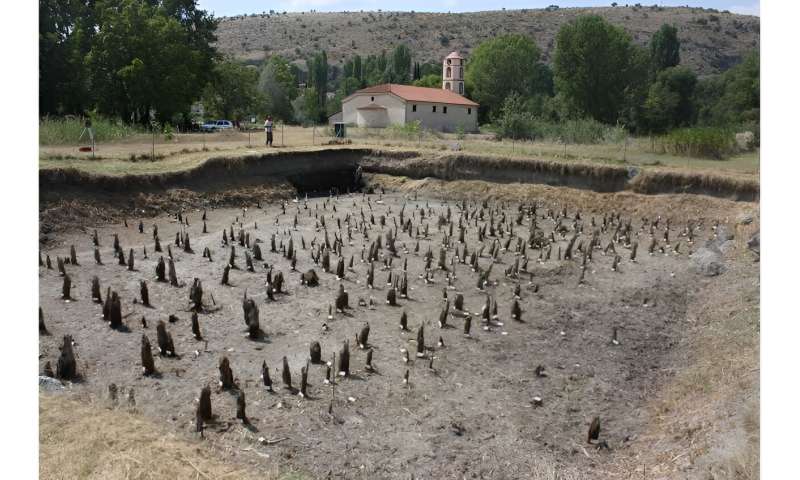Best of Last Week—Dating using cosmic rays, mitigating hallucinations in LLMs, mind wandering linked to memory

It was a good week for human history research as a team of archaeologists at the University of Bern accurately dated a 7,000-year-old prehistoric settlement using cosmic rays. By combining tree ring growth with an unusual spike in cosmogenic radiocarbon, they were able to date an early farming settlement in Greece to 5259 BC. Also, a team of historians and archaeologists from the University of Thessaly, in Greece, working with colleagues from Porto University in Portugal and the University of Birmingham, in the U.K. found, via testing by volunteers from the Marines of the Hellenic Armed Forces, that Ancient Mycenaean armor was suitable for extended combat. And a team of anthropologists, geneticists and workers with the Jamestown Recovery project found genetic evidence that the Jamestown Colony residents ate dogs with Indigenous ancestry.
In technology news, a team of engineers at the Australian National University demonstrated a new, electricity-free desalination method that they described as showing promise. And a team at the University of Cambridge developed a method to produce low-emission concrete at scale—an innovation that could help solve one of the world's biggest climate challenges. Also, a team of roboticists at Boston University's College of Engineering developed a 3D-printing robot that uses AI machine learning to create a shock-absorbing shape no human ever could. And a team at DeepMind developed a method to mitigate hallucinations in large language models.
In other news, a small team of environmental medical specialists at Lund University, in Sweden, found what they describe as a possible association between people getting tattoos and an increase in their likelihood of developing lymphoma. Also, a pair of researchers, one an assistant professor at New York University, the other an associate professor at West Point Military Academy, found that cows used as therapy animals have a strong preference for women over men. And finally, a team of psychologists and neurologists at Osaka University, working with one colleague from the University of Tokyo and another from Queen's University, in Canada, found evidence that mind wandering could be associated with a specific kind of brain activity linked to memory and sleep.
© 2024 Science X Network